Related Research Articles

Charles Proteus Steinmetz was a German-born American mathematician and electrical engineer and professor at Union College. He fostered the development of alternating current that made possible the expansion of the electric power industry in the United States, formulating mathematical theories for engineers. He made ground-breaking discoveries in the understanding of hysteresis that enabled engineers to design better electromagnetic apparatus equipment, especially electric motors for use in industry.
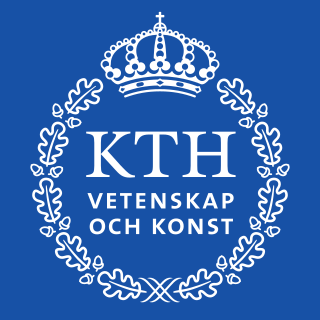
The KTH Royal Institute of Technology, abbreviated KTH, is a public research university in Stockholm, Sweden. KTH conducts research and education in engineering and technology and is Sweden's largest technical university. Currently, KTH consists of five schools with four campuses in and around Stockholm.
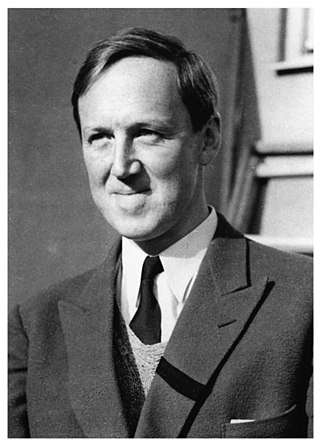
Hannes Olof Gösta Alfvén was a Swedish electrical engineer, plasma physicist and winner of the 1970 Nobel Prize in Physics for his work on magnetohydrodynamics (MHD). He described the class of MHD waves now known as Alfvén waves. He was originally trained as an electrical power engineer and later moved to research and teaching in the fields of plasma physics and electrical engineering. Alfvén made many contributions to plasma physics, including theories describing the behavior of aurorae, the Van Allen radiation belts, the effect of magnetic storms on the Earth's magnetic field, the terrestrial magnetosphere, and the dynamics of plasmas in the Milky Way galaxy.

Vale Cemetery is a historic rural cemetery and the largest cemetery in Schenectady, New York. It opened on 21 October 1857 when the Rev. Julius Seely dedicated what was then termed "the Vale". It has tripled its size since opening and today it holds the remains of some of the most notable persons in Upstate New York. In 1973, a 35-acre tract of unused and abandoned cemetery land around the ponds of Cowhorn Creek was sold to the city of Schenectady to form Vale Park.
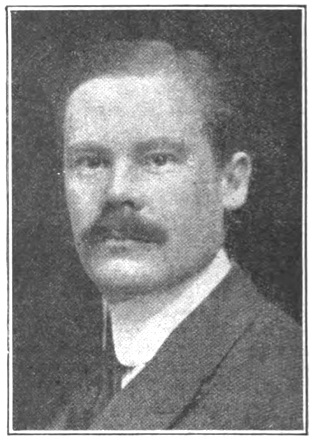
Ernst Frederick Werner Alexanderson was a Swedish-American electrical engineer, who was a pioneer in radio and television development. He invented the Alexanderson alternator, an early radio transmitter used between 1906 and the 1930s for longwave long distance radio transmission. Alexanderson also created the amplidyne, a direct current amplifier used during the Second World War for controlling anti-aircraft guns.
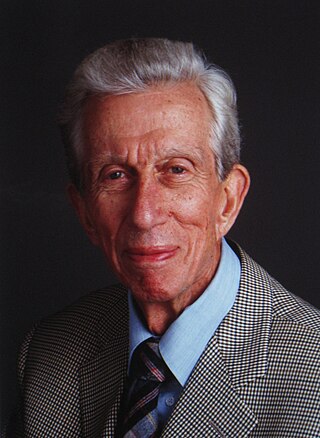
Carl Gunnar Michael Fant was a leading researcher in speech science in general and speech synthesis in particular who spent most of his career as a professor at the Swedish Royal Institute of Technology (KTH) in Stockholm. He was a first cousin of the actors and directors George Fant and Kenne Fant.
August Uno Lamm was a Swedish electrical engineer and inventor. He was sometimes called "The Father of High Voltage Direct Current" power transmission. During his career, Lamm obtained 150 patents. In 1980 the Institute of Electrical and Electronics Engineers (IEEE) developed the Uno Lamm High Voltage Direct Current Award for contributions to the field of high voltage electrical engineering.

Ernst Julius Berg was a Swedish-born, American electrical engineer.
James Loton Flanagan was an American electrical engineer. He was Rutgers University's vice president for research until 2004. He was also director of Rutgers' Center for Advanced Information Processing and the Board of Governors Professor of Electrical and Computer Engineering. He is known for co-developing adaptive differential pulse-code modulation (ADPCM) with P. Cummiskey and Nikil Jayant at Bell Labs.
Carl-Gunne Fälthammar is Professor Emeritus at the Royal Institute of Technology in Stockholm, Sweden, specialising in space and plasma physics in the School of Electrical Engineering. He succeeded Hannes Alfvén as Professor of Plasma Physics in 1975.
Anton Christian Jacobæus was a Swedish electrical engineer, known for his contributions to teletraffic engineering, especially in the design of the modern crossbar switch used for telephone switching.
The IEEE Edison Medal is presented by the Institute of Electrical and Electronics Engineers (IEEE) "for a career of meritorious achievement in electrical science, electrical engineering, or the electrical arts." It is the oldest medal in this field of engineering. The award consists of a gold medal, bronze replica, small gold replica, certificate, and honorarium. The medal may only be awarded to a new leap/breakthrough in the technological area of science.

The IEEE Medal of Honor is the highest recognition of the Institute of Electrical and Electronics Engineers (IEEE). It has been awarded since 1917, when its first recipient was Major Edwin H. Armstrong. It is given for an exceptional contribution or an extraordinary career in the IEEE fields of interest. The award consists of a gold medal, bronze replica, certificate, and honorarium. The Medal of Honor may only be awarded to an individual.
Reinhold Rudenberg was a German-American electrical engineer and inventor, credited with many innovations in the electric power and related fields. Aside from improvements in electric power equipment, especially large alternating current generators, among others were the electrostatic-lens electron microscope, carrier-current communications on power lines, a form of phased array radar, an explanation of power blackouts, preferred number series, and the number prefix "Giga-".
Ernst Weber, Austria-born American electrical engineer, was a pioneer in microwave technologies and played an important role in the history of the New York University Tandon School of Engineering, where in 1945 he founded the Microwave Research Institute. Weber was also the first president of the Institute of Electrical and Electronics Engineers (IEEE) and one of the founders of the U.S. National Academy of Engineering (NAE).
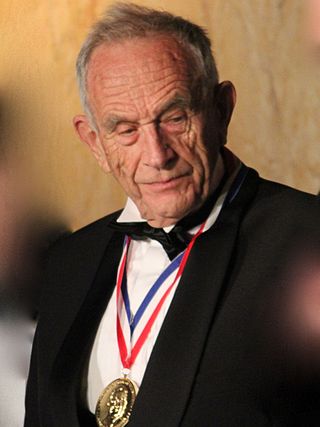
Dr. Thomas Haug is an electrical engineer known for developing the cellular telephone networks.
Michael Tendler is a Russian-Swedish Physicist, currently (Emeritus) Professor of Fusion Plasma Physics at the Royal Institute of Technology, Stockholm (KTH) and Senior Science Expert and member of the External Management Advisory Board of the ITER Organization.
The Valdemar Poulsen Gold Medal, named after radio pioneer Valdemar Poulsen, was awarded each year for outstanding research in the field of radio techniques and related fields by the Danish Academy of Technical Sciences. The award was presented on November 23, the anniversary of Poulsen's birth. The award was discontinued in 1993.
Björn Ottersten is a Swedish educator, researcher, and electrical engineer who is the co-inventor of Space/Spatial Division Multiple Access (SDMA) technology. He has made contributions in array signal processing and wireless communications and has received many notable awards in these areas. Currently, he is a Professor of Signal Processing at Royal Institute of Technology (KTH), Stockholm, Sweden, and the founding director of the Interdisciplinary Centre for Security, Reliability and Trust, at University of Luxembourg, Luxembourg. He is a Fellow of the IEEE and EURASIP.
References
- 1 2 Cedergren Medal for Bjoern Ottersten
- ↑ KTH - Royal Institute of Technology
- ↑ "Gartner Reprint". www.gartner.com.
- ↑ Charles Proteus Steinmetz, Pioneer of Alternating Current
- ↑ Ernst Alexanderson, Lemelson-MIT Program
- ↑ Cedergren Medal for 1949: Prof. R. Rüdenberg
- ↑ International Biographical Dictionary of Computer Pioneers
- ↑ "Hannes Alfvén - Awards & Honours". Archived from the original on 2015-05-22. Retrieved 2015-05-22.
- ↑ Cedergren Medal for Björn Ottersten